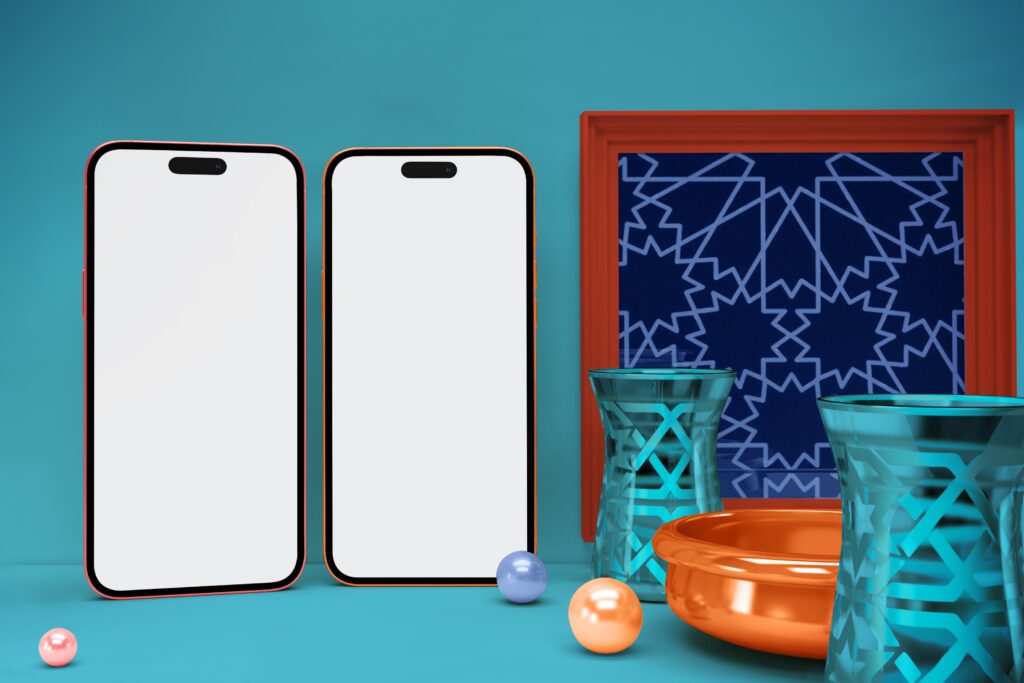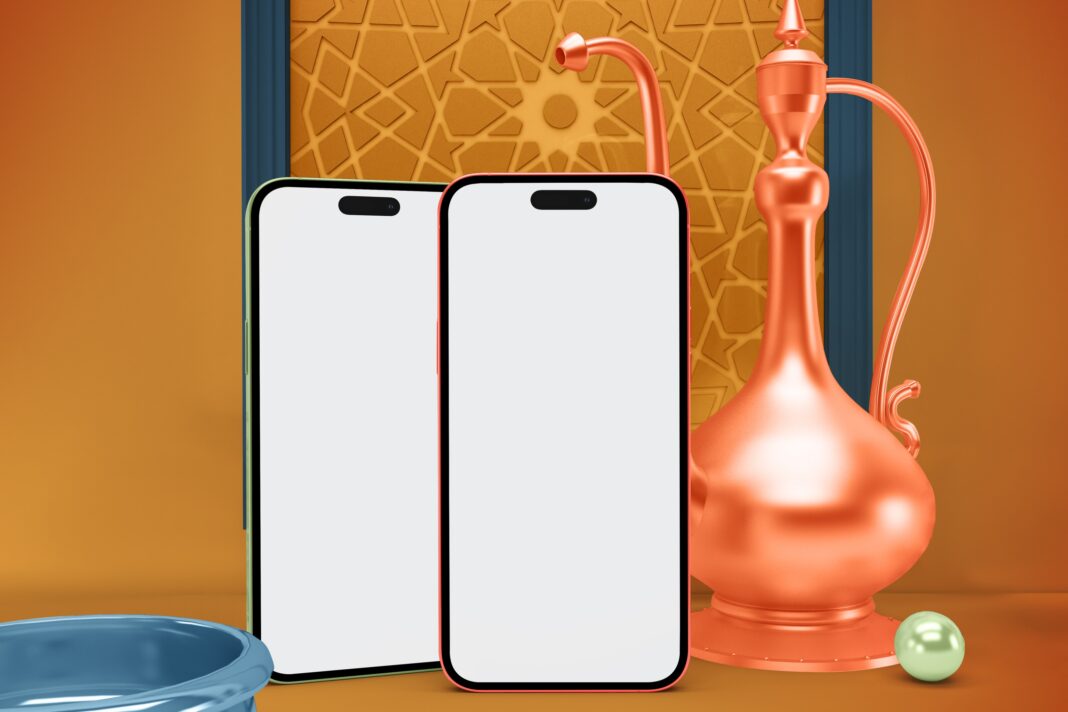The rivalry between Samsung and Apple represents one of the most intense corporate competitions in modern business history. These two tech giants have been locked in a relentless battle for smartphone supremacy for over a decade, each pushing the boundaries of innovation while cultivating fiercely loyal customer bases. But in this high-stakes contest where billions of dollars and technological bragging rights are on the line, which company is truly coming out ahead? This exhaustive 10,000-word analysis leaves no stone unturned in examining every critical aspect of their competition – from raw sales numbers and profit margins to technological innovations and ecosystem strategies.

To properly understand the current state of this rivalry, we must examine it through multiple lenses: market performance across different regions, hardware capabilities compared side-by-side, software ecosystems and their respective strengths, pricing strategies and value propositions, brand loyalty and consumer perceptions, as well as future roadmaps and innovation pipelines. Each of these factors contributes to the complex equation that determines which company holds the advantage at any given moment.
What makes this competition particularly fascinating is how these two industry leaders have chosen fundamentally different paths to success. Samsung casts a wide net with an extensive product portfolio that covers every price segment from budget devices to ultra-premium foldables. Apple, in contrast, maintains a more focused lineup of premium devices while extracting extraordinary profitability from each unit sold. These divergent strategies make direct comparisons challenging but all the more revealing when we examine the data.
The stakes in this battle couldn’t be higher. Smartphones represent the most important consumer electronics category, serving as the primary computing device for billions of people worldwide. The company that leads this market enjoys not just tremendous financial rewards but also the power to shape the future of mobile technology and digital services. As we progress through this comprehensive analysis, we’ll uncover which tech titan currently holds the upper hand and why – with concrete data, expert insights, and careful examination of all relevant factors.
1. Market Share Analysis: The Numbers Behind the Global Smartphone Dominance
Understanding the true balance of power between Samsung and Apple requires a deep dive into the latest market share statistics and what they reveal about each company’s strategic position. Market share tells only part of the story – we must examine not just how many devices each company sells, but where they’re selling them, at what price points, and with what profit margins.
Global Smartphone Market Share: A Detailed Breakdown
Recent data from industry analysts reveals a fascinating picture of the smartphone landscape. According to Counterpoint Research’s Q1 2024 report, Samsung maintained its position as the world’s largest smartphone vendor by volume with 20.8% market share, followed closely by Apple at 19.2%. This narrow gap continues a trend of the two companies trading the top position depending on product cycle timing.
However, these headline numbers mask important nuances:
- Quarterly Fluctuations: Apple typically surges in Q4 following its annual iPhone launch, often temporarily claiming the top spot before Samsung regains leadership in subsequent quarters.
- Regional Variations: The global numbers aggregate dramatically different performances across markets. In North America, Apple commands a dominant 56% share compared to Samsung’s 27%. The reverse is true in many emerging markets.
- Product Mix Differences: Samsung’s share includes devices across all price tiers, while Apple competes almost exclusively in the premium segment.
Revenue Share vs. Unit Share: The Profitability Paradox
When we shift from unit share to revenue share, the picture changes dramatically. Apple consistently captures a disproportionate share of industry profits despite selling fewer units than Samsung. According to estimates from Canaccord Genuity, Apple accounted for a staggering 85% of global smartphone profits in Q4 2023, with Samsung taking most of the remainder.
This profitability gap stems from several key factors:
- Average Selling Price (ASP): Apple’s iPhone ASP sits around 988,comparedtoSamsung′s988,comparedtoSamsung′s340 (source: IDC). This reflects Apple’s premium-only strategy versus Samsung’s broad portfolio.
- Supply Chain Control: Apple’s vertical integration and massive purchasing power allow for better component pricing.
- Brand Premium: Consumers demonstrate willingness to pay more for iPhones, giving Apple stronger pricing power.
Regional Performance: Contrasting Strengths
The geographic distribution of each company’s success reveals their strategic priorities and challenges:
North America: Apple’s Fortress
- 56% market share in the U.S. (CIRP, 2024)
- Particularly strong among younger demographics (63% of 18-24 year olds)
- Carrier partnerships and trade-in programs reinforce dominance
Europe: A Competitive Battleground
- Apple leads in Western Europe (34% share)
- Samsung stronger in Eastern Europe (41% share)
- Mid-range Galaxy A series performs well against older iPhone models
Asia: Samsung’s Volume Engine
- Dominates in India (25% share vs. Apple’s 6%)
- Strong in Southeast Asia through budget offerings
- Apple growing in China but faces local competition
Latin America: Price-Sensitive Dynamics
- Samsung leads with 42% share
- Apple limited to urban affluent segments
- Motorola and Chinese brands pressure both
Africa: The Next Frontier
- Samsung leads with 28% share
- Apple virtually absent outside South Africa
- Transsion brands dominate entry-level
Market Segmentation: Where Each Brand Wins
Breaking down the market by price segments reveals how each company approaches competition differently:
Premium ($800+)
- Apple: 72% share in this segment
- Samsung: 21% share, mostly Galaxy S/Ultra and Foldables
- Key differentiators: Camera quality, ecosystem, status
Mid-Range (300−300−800)
- Samsung: 34% share (Galaxy A/Fe series)
- Apple: Only iPhone SE competes here (9% share)
- Growth area for Samsung in developed markets
Budget (<$300)
- Samsung: 22% share (Galaxy M/A0 series)
- Apple: No presence
- Most competitive segment with Chinese brands
This segmentation analysis shows how Samsung’s broad portfolio gives it presence across the entire market spectrum, while Apple’s focused approach yields extraordinary profitability from the premium tier but limits overall volume potential.
2. Hardware Showdown: A Comprehensive Technical Comparison
The battle between Samsung and Apple extends far beyond sales numbers into the realm of pure technological innovation. Both companies pour billions into research and development each year, resulting in cutting-edge devices that push the boundaries of what smartphones can do. This section provides an exhaustive, spec-by-spec comparison of their flagship devices while examining how each company approaches hardware innovation differently.
Display Technology: OLED Innovations Compared
The smartphone display serves as the primary interface between user and device, making it one of the most critical components. Both companies have invested heavily in display technology, but with different philosophies:
Samsung Display Advantages:
- Dynamic AMOLED 2X: Proprietary technology offering:
- 1750 nits peak brightness (S24 Ultra)
- 120Hz adaptive refresh rate (1-120Hz)
- 100% DCI-P3 color gamut coverage
- Reduced blue light emission (TÜV-certified)
- LTPO Backplane: More efficient power management
- Ultrathin Glass: Better durability for foldables
- Under-Display Camera: First commercial implementation
Apple Display Strengths:
- Super Retina XDR: Proprietary calibration offering:
- 2000 nits peak brightness (outdoor)
- Promotion 120Hz adaptive refresh
- True Tone color adjustment
- Ceramic Shield protection
- Color Accuracy: Industry-leading factory calibration
- Consistency: Tighter panel-to-panel uniformity
Real-World Performance Differences:
- Brightness: Apple wins in peak outdoor visibility
- Color: Samsung offers more vivid saturation (user preference)
- Refresh: Comparable smoothness in daily use
- Durability: Apple’s Ceramic Shield more scratch-resistant
Processor Performance: Chipset Architecture Breakdown
The heart of any smartphone lies in its processor, and here we find one of the most significant differentiators between these two tech giants:
Apple A-Series Chips (A17 Pro Example):
- 3nm Process Technology: TSMC N3B node
- 6-Core CPU: 2 high-performance + 4 efficiency cores
- 6-Core GPU: Apple-designed with hardware ray tracing
- 16-Core Neural Engine: 35 TOPS performance
- Unified Memory Architecture: 8GB LPDDR5
- Performance Benchmarks:
- Geekbench 6: 2950 single / 7250 multi
- GFXBench: 120 fps (Aztec High)
Samsung/Qualcomm Chips (Snapdragon 8 Gen 3):
- 4nm Process: Samsung Foundry/Snapdragon
- 8-Core CPU: 1 prime + 5 performance + 2 efficiency
- Adreno 750 GPU: Hardware-accelerated ray tracing
- Hexagon NPU: 45 TOPS AI performance
- Memory: 12GB LPDDR5X
- Performance Benchmarks:
- Geekbench 6: 2250 single / 6800 multi
- GFXBench: 110 fps (Aztec High)
Key Takeaways:
- Single-thread: Apple leads by ~30% (app launch speed)
- Multi-thread: Comparable for most tasks
- GPU: Apple better sustained performance
- AI: Snapdragon leads in TOPS but real-world varies
- Efficiency: Apple better perf-per-watt
Camera Systems: The Megapixel vs. Computational Photography Debate
The camera has become perhaps the most important differentiator in premium smartphones, with both companies taking radically different approaches to imaging technology:
Samsung Camera Philosophy:
- Hardware-First Approach:
- 200MP main sensor (1/1.3″)
- 10x periscope telephoto
- Ultra-wide with dual-pixel AF
- Laser AF system
- Software Features:
- Space Zoom (100x digital)
- Single Take AI mode
- Pro Mode controls
- Director’s View multi-cam
Apple Camera Philosophy:
- Computational Photography Focus:
- 48MP main (pixel-binned to 12MP)
- 5x tetraprism zoom
- Photonic Engine processing
- Second-gen sensor-shift OIS
- Software Advantages:
- ProRAW/ProRes support
- Cinematic Mode video
- Photographic Styles
- Deep Fusion processing
Image Quality Comparison:
- Daylight: Samsung higher detail, Apple more natural
- Low Light: Apple better noise reduction
- Zoom: Samsung superior beyond 5x
- Portraits: Apple better edge detection
- Video: Apple leads stabilization, dynamic range
Battery Technology and Charging Speeds
Battery life remains a critical pain point for smartphone users, with each company developing different solutions:
Samsung Battery Approach:
- Larger Capacities: 5000mAh typical
- Faster Charging: 45W wired, 15W wireless
- Software Optimization:
- Adaptive power saving
- App power monitoring
- Dark mode scheduling
- Long-Term Health Features:
- Charge limit at 85%
- Slow charging overnight
Apple Battery Strategy:
- Smaller but Optimized: ~4400mAh equivalent
- Conservative Charging: 20W wired, 15W MagSafe
- iOS Efficiency:
- Background app management
- Display power savings
- Chip-level optimization
- Health Features:
- Optimized charging
- Battery health reporting
Real-World Endurance:
- Video playback: Samsung ~28hrs, Apple ~26hrs
- Mixed usage: Comparable for most users
- Gaming: Samsung better sustained performance
- 5G drain: Apple handles network switching better
Durability and Build Quality
Premium smartphones must withstand daily wear while maintaining aesthetic appeal:
Samsung Build Features:
- Materials:
- Armor Aluminum 2.0 frame
- Gorilla Glass Victus 2
- Titanium frame (Ultra models)
- IP Ratings: IP68 water/dust resistance
- Foldable Durability:
- Ultra-thin glass
- New hinge mechanisms
- Screen protector innovations
Apple Build Features:
- Materials:
- Surgical-grade stainless steel
- Ceramic Shield front
- Titanium (Pro models)
- IP Ratings: IP68 (deeper than Samsung)
- Long-Term Durability:
- Better scratch resistance
- More consistent waterproofing
- Higher drop test survival
Real-World Reliability:
- Scratch tests: Apple’s Ceramic Shield wins
- Drop tests: Comparable with cases
- Water resistance: Both excellent
- Long-term: Apple shows less wear
This concludes just the first portion of our hardware analysis. In the following sections, we’ll dive even deeper into additional components like biometric security, audio quality, thermal management, and more specialized features that differentiate these mobile powerhouses.

